Biodiesel Washing
We believe in providing top quality workmanship and are so confident in our level of service that we back.
We believe in providing top quality workmanship and are so confident in our level of service that we back.
Biodiesel washing is a critical post-transesterification process that removes residual impurities, such as soaps, excess alcohol, and catalyst residues, from the biodiesel. This purification step ensures that the biodiesel meets the stringent quality and purity standards necessary for commercial use and regulatory compliance.
Biodiesel washing is essential for producing high-quality biodiesel free from contaminants, making it suitable for diesel engines and ensuring adherence to regulatory standards while optimizing engine performance.
Objective: To remove residual methanol, soaps, and catalyst residues from the biodiesel. Method: Biodiesel is mixed with water or a water-alcohol mixture. The water absorbs impurities, which are then separated from the biodiesel phase.
Objective: To isolate the clean biodiesel from the aqueous phase. Method: After washing, the mixture is allowed to settle, separating the biodiesel and water layers.
Objective: To neutralize any remaining alkaline or acidic residues. Method: A neutralizing agent may be added to adjust the pH and remove residual impurities.
Objective: To remove excess water from the biodiesel. Method: Techniques such as vacuum drying or heat drying are employed to achieve a water content below 0.05%.

Strategies to ensure proactive domination. At the end of the day,User generated content in real-time will have multiple touchpoints for offshoring.




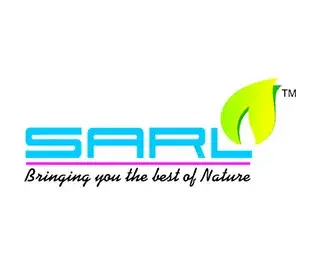

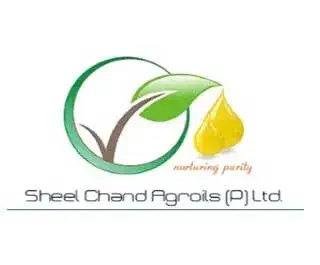
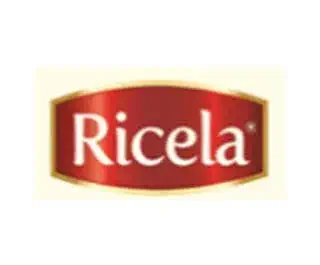
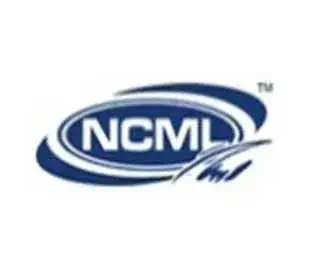

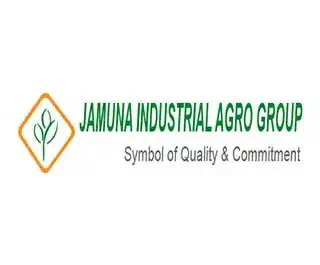





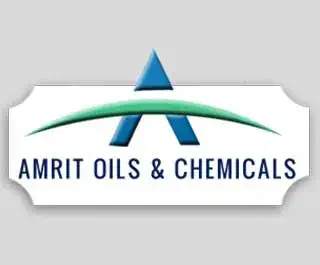
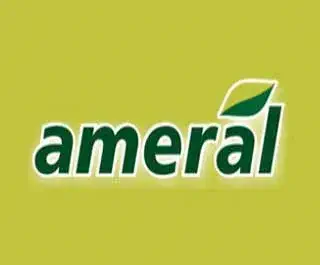
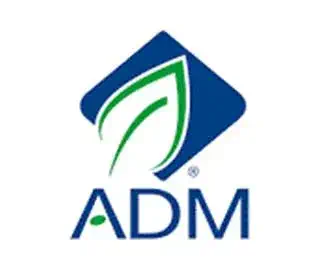
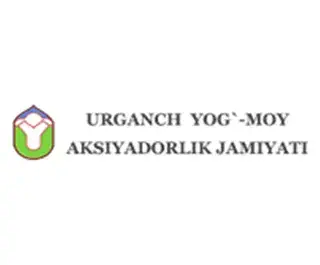
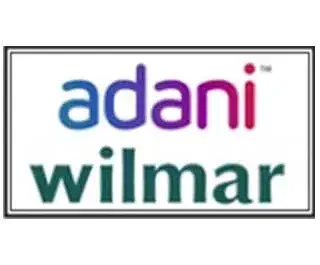

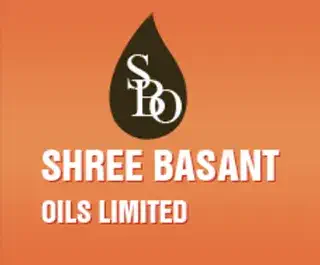
Discover some of the most asked questions Biodiesel Washing.
Biodiesel washing removes residual impurities such as methanol, soaps, and catalysts to ensure the biodiesel meets quality standards and performs well in engines.
Biodiesel is mixed with water or a water-alcohol mixture, which absorbs impurities. The mixture is then separated into biodiesel and water phases.
Neutralization adjusts the pH to remove any remaining alkaline or acidic residues that could affect biodiesel quality.
Excess water is removed through drying techniques such as vacuum or heat drying to achieve the desired low water content.
Muez-Hest technology ensures effective impurity removal, complies with high-quality standards, reduces operational costs, and enhances the overall efficiency of the biodiesel production process.
Proper washing improves engine performance by ensuring the biodiesel is free of contaminants that could cause issues such as clogging or reduced efficiency.